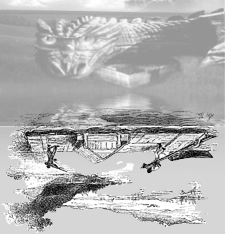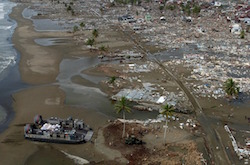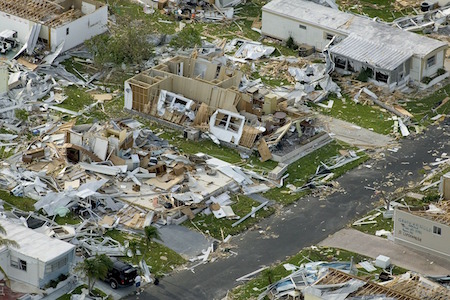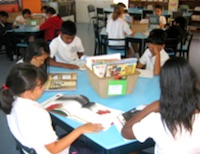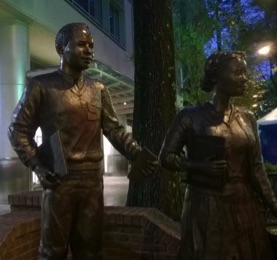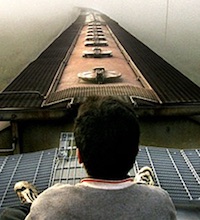By Melissa Wilson
 This week’s text is a young adult novel by Patrick Ness called The Knife of Never Letting Go. While searching for book reviews I saw that its genre is called “speculative fiction,” a term with which I am unfamiliar. What I discovered with more searching is that it is a literary category that comprises science fiction and fantasy, but it is a bit more Continue reading
This week’s text is a young adult novel by Patrick Ness called The Knife of Never Letting Go. While searching for book reviews I saw that its genre is called “speculative fiction,” a term with which I am unfamiliar. What I discovered with more searching is that it is a literary category that comprises science fiction and fantasy, but it is a bit more Continue reading


